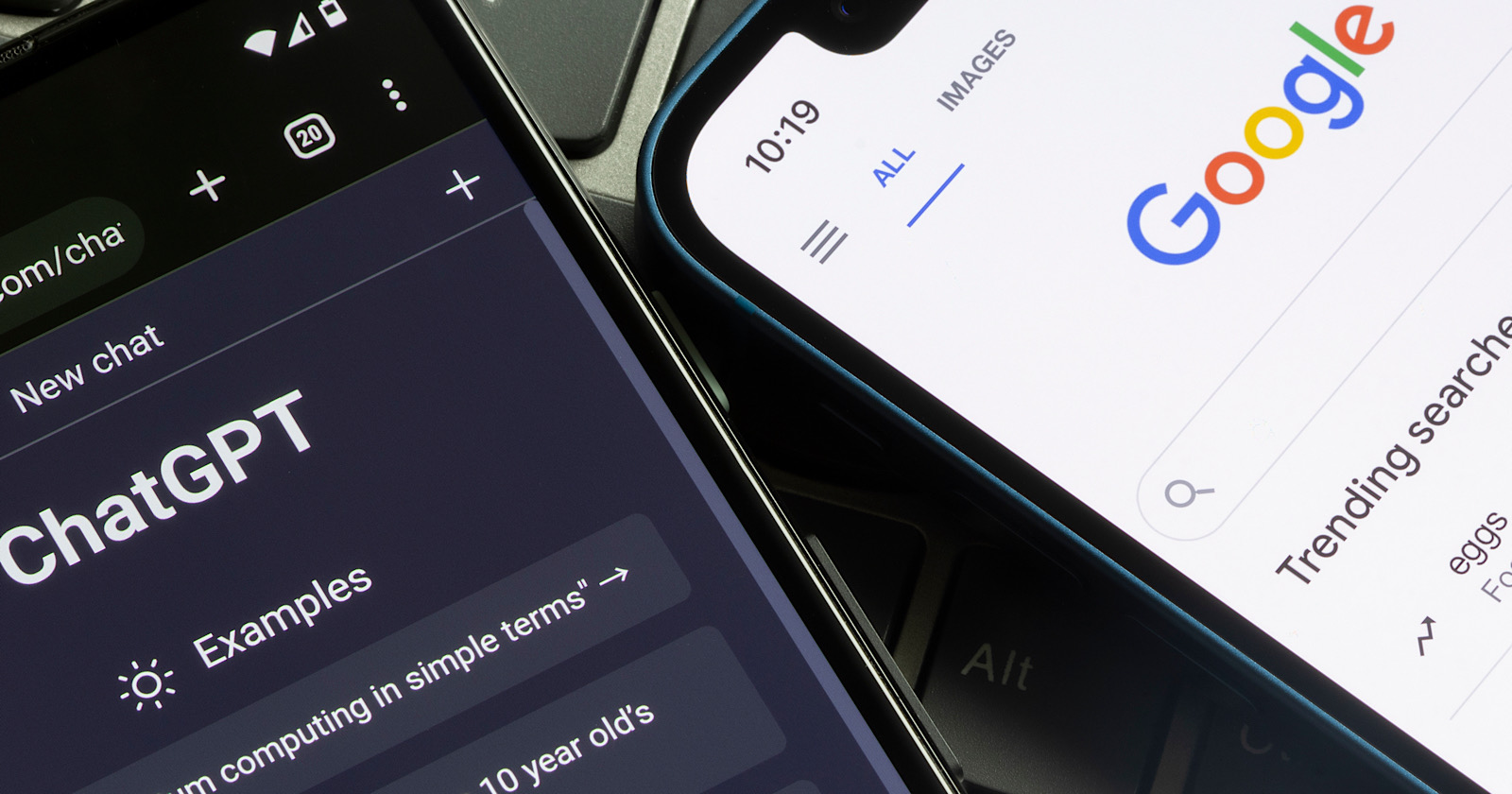Selling in the Subscription Economy
Several market forces have created significant change in the business-to-business world of commerce. Specifically, the accelerated number of service offerings across a wide spectrum where the provider offers the service on a subscription basis. Principally driven by the SaaS...

Several market forces have created significant change in the business-to-business world of commerce. Specifically, the accelerated number of service offerings across a wide spectrum where the provider offers the service on a subscription basis. Principally driven by the SaaS industry, many organizations now have a range of relationships where the business model is based on an annual subscription. Gone are the days where the only option was an enterprise system housed on a company’s servers and the ongoing relationship with the vendor was driven by auxiliary services and updates/upgrades. Selling in this environment does not require different skills. Best practice sales skills and opportunity strategy development have not changed. What has changed is the application of these best practices which now require heavy reliance on renewal as the primary driver of revenue.
Acquiring new logos is still a vital component of growth, but a simple consideration of the revenue multiple acquiring investors/organizations are willing to pay based on Annual Recurring Revenue (ARR) vs one time revenue reveals why knowing how to apply best practices to renewals is so important. As a side note, the application of best practices to selling new logos has also gone through significant change in recent years, but where most companies have failed to adjust is how they approach ensuring existing customers routinely renew service and how to effectively introduce price increases during the renewal effort.
To begin, let’s look at who in the sales organization handles the renewal process. In most sales organizations, the renewal effort is the responsibility of a separate department often labelled Customer Success, Customer Service or a similar moniker. Unless the professionals working in this part of the sales organization are trained and prepared, it is likely that the percentage of clients renewing is far lower than it needs to be.
At its simplest this is because people working in these departments have two different jobs: (a) ensuring that the users are pleased with how the service is functioning (b) continuing to uncover, validate and influence how the customer’s definition of value is evolving over time. Without specific training on how to balance these two areas of responsibility, reps will tend to focus on responding to customer inquiry and complaint with little attention to “selling” the renewal long before the contract term is ending. Let’s look at how selling the renewal is best done.
The first thing to remember is the sales mantra that change is the engine of opportunity. If nothing ever changed, no one would buy anything. Think about it. If technology never advanced, markets never evolved, nothing ever wore out, etc., very few things would be purchased. The world of any current customer is constantly in a state of change. That means that the confluence of changes any customer is experiencing will, at some point, cause them to redefine what they are looking to fix, accomplish, or avoid. The solution that seemed perfect once the original implementation was complete, is likely to be less satisfactory as the service period advances.
This requires that the individuals responsible for ongoing contact/response need to routinely seek to uncover how the customer’s “value expectation” is changing. New decision makers, new regulatory requirements, redefined go-to-market strategies, new products, competitive threats and a host of other changes can dramatically affect how the users of a subscription service view the value they are receiving.
What this means is that during the service period (i.e. term of the contract) an individual responsible for customer success needs to uncover and validate what is changing in the customer organization. Where appropriate the rep can only maximize renewal rates and minimize “renewal friction” if they know how to apply consultative sales skills. The skills to accomplish this are in the macro no different from those employed by sellers responsible for acquiring new business. But the context and application of these skills is very different.
The most obvious difference is that the seller responsible for renewals has a completely different starting point than the seller seeking new business. One common mistake, for example, is assuming that the decision makers responsible for the renew/don’t renew decision are the same as those who made the original purchasing decision. This mistake is more serious when the renewal is accompanied by a price increase.
So often, the customer success rep is routinely interacting with users of the service where none of these individuals will have a vote on renewing. It is vital to consider that the Finance department will examine every ongoing expense during their budget cycle. For many companies the budget cycle and the contract expiration occur at different times. Therefore, the users of the service need to be equipped to accurately and fully articulate what value the organization is receiving from the subscription.
Naturally, the intuitive approach is to inform the users of the value they have received and to wait to do so as the renewal date is imminent. Both lecturing the client about the value they received and waiting until the renewal is a short time away are huge mistakes.
First, telling the client just how wonderful the service has been doesn’t accomplish much. One of the most important pillars of sales best practice is what is labelled the Two Rules of Effective Sales Execution:
Customers put a higher value on what they say and on what they conclude than they assign to what a seller tells them.Customers will always put a higher value on what they ask for than they assign to what a seller freely offers.A quick glance at the rules reveals why telling a customer the value they are getting is of little value. Worse yet, many customers will cringe at being lectured about how great the provider feels they have performed.
Second, the customer success rep needs to recognize that renewals always have a longer sales cycle than the last few weeks before the current contract expires. The customer success rep needs to be trained on starting the renewal process not long after the initial contract is implemented. Regularly having conversations about changes, revised definitions of what “value” the customer is measuring or observing, who will be approving or denying the renewal, etc. cannot be a casual exercise if “renewal friction” is to be minimized. This is especially the case if a price increase is expected.
The bottom line, customer success and service needs to be recognized as being no less difficult than selling new logos, requires specific training and cannot devolve to simply a sophisticated version of the complaint desk if the renewal rate is to be maximized.

 Tekef
Tekef 































